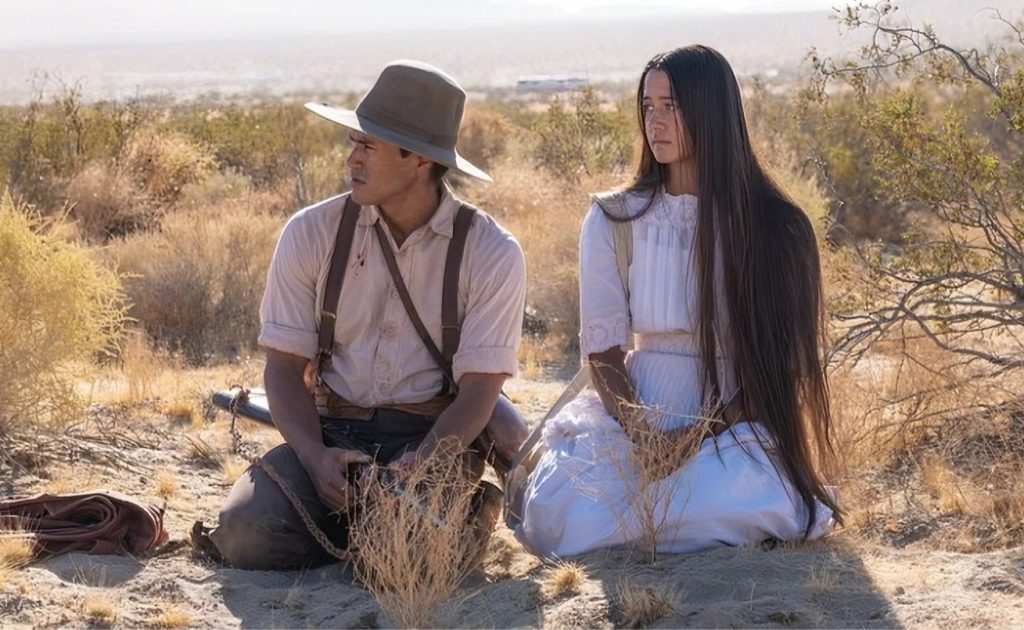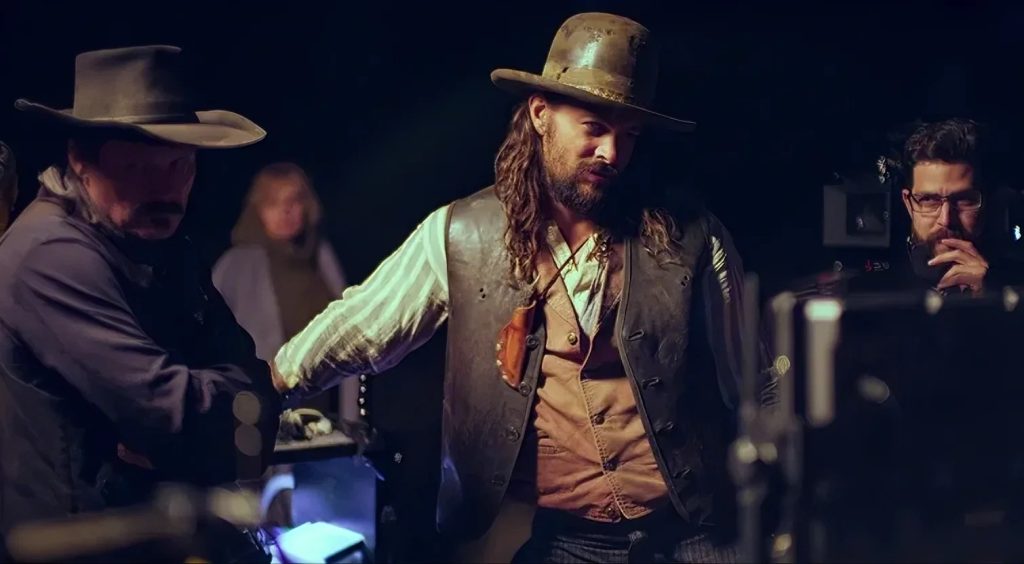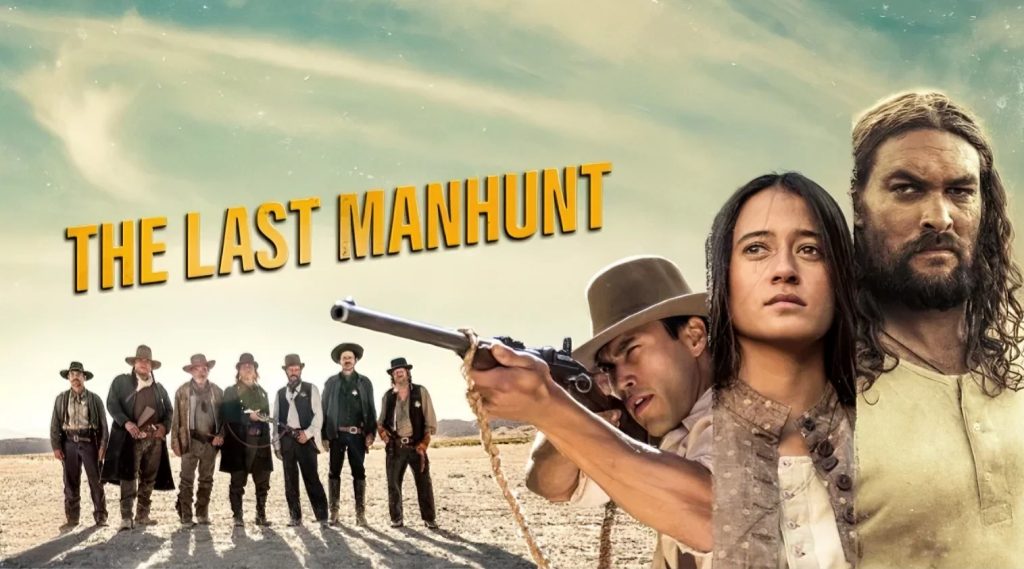The Last Manhunt (2022)
“The final chase of the Wild West.”
The Last Manhunt (2022) revisits one of the closing chapters of the American frontier, offering a somber, visually arresting retelling of the true story of Willie Boy—a Paiute man whose love, loss, and flight across the Mojave Desert would etch his name into legend. Directed by Christian Camargo and co-written by Jason Momoa, the film seeks to reclaim a story long distorted by myth and misinformation, presenting it through a lens of Indigenous identity, injustice, and survival.
Willie Boy (Martin Sensmeier) is not a gunslinger or outlaw, but a skilled runner and a man caught between worlds. His romance with Carlota (Mainei Kinimaka), a woman of the Chemehuevi tribe, is tender and forbidden—igniting a tragedy when her father confronts them and is accidentally killed. Their escape into the desert becomes the catalyst for one of the last great manhunts in Western lore, as a posse—fueled by public hysteria and colonial justice—closes in.

What follows is less a traditional Western showdown and more a slow, aching unraveling. The film moves deliberately, mirroring the harsh stillness of the Mojave itself. Sheriff Wilson (played by Camargo) leads the pursuit alongside Native trackers, while the media of the time inflates the narrative into a spectacle, erasing nuance in favor of legend. As the manhunt escalates, the line between hunter and hunted dissolves, and the cost of survival becomes unbearable.

Though criticized for its pacing, The Last Manhunt makes no apologies for its restraint. It is a Western stripped of myth—introspective, mournful, and ultimately tragic. Jason Momoa’s influence as co-writer and producer is felt in the film’s cultural grounding and quiet reverence for Indigenous perspective, offering a necessary correction to history’s one-sided telling.

Rather than glorify violence or frontier justice, The Last Manhunt mourns what was lost—love, truth, and a way of life buried beneath the dust of legend.
